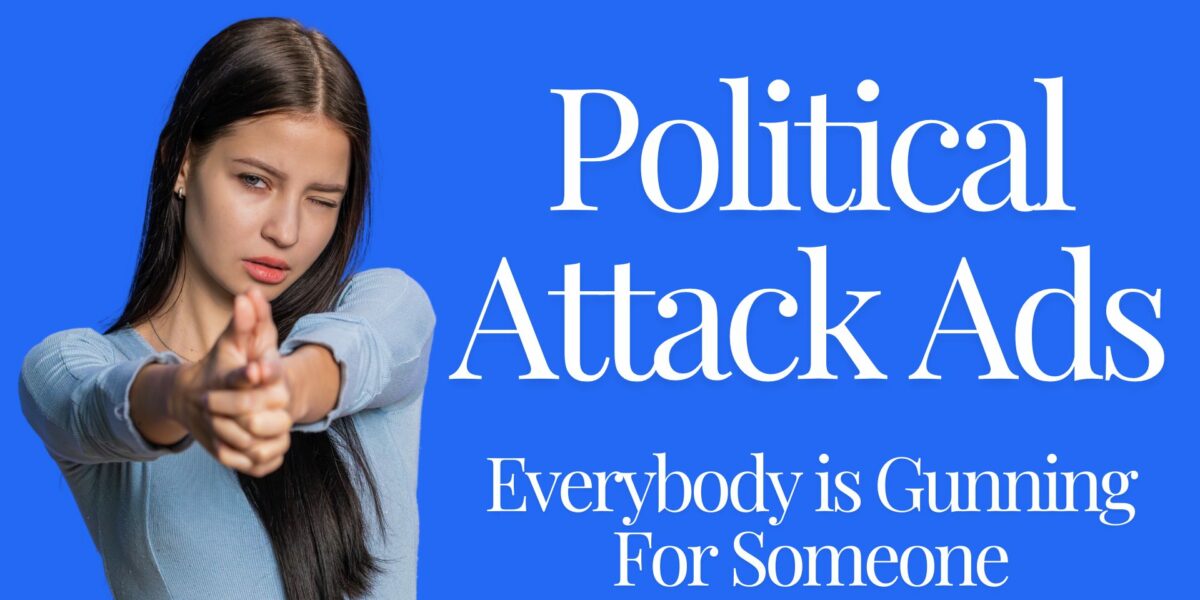Mind Trick 1: Say your brand name or tag line a different way in order to stand out.
“Zoom, zoom,” whispers the little kid, and a snappy little Caribbean-flavored jingle kicks in. It’s the 2003 commercial that launched Mazda’s repositioning back to its roots as a sports car.
The whispered “Zoom Zoom” tag line has stuck for over a decade, and it seems to work well for Mazda. In my hometown, we have a family car dealership with TV spots that end with someone whispering their name, “Sweeney’s.” It works pretty well for them also.
Why does it work? Probably because it stands out. Would it work for every business? No. If everyone did it, it would no longer stand out…and some tag lines would sound weird.
Imagine Subway whispering, “Five dollar foot longs.” Ew! And Nike would seem like an evil spirit urging a maniac to commit a heinous murder if they whispered their tag line, “Just do iiiittttt.” Ugh, creepy.
Mind Trick 2: Use pricing to help determine how your product is perceived and valued.
Should you promote low pricing or features of your product? This is an age-old question. There is lots to consider. For example, did you know that when average people think they’re drinking expensive wine, they enjoy it more? This is true even if the wine is $5 per bottle. The reverse is true also, but to a lesser degree. If they think they’re drinking a cheaper wine, they may be surprised it’s not terrible, but it will still seem inferior.
Mind Trick 3: Use contests if possible, but make sure the reward is attractive.
Why do sweepstakes and contests work? How can people be willing to spend extra time or money or something that gives them a one in 100,000 chance of winning? Because most people don’t pay attention to the odds. Our brains are trained to focus on the size of the reward, not the amount or size of work or expense required. And I’m not just talking about McDonald’s monopoly games. Bars offering raffles that build each week if there is no winner draw in more customers who spend more as the pot gets bigger. A large commercial printer used to offer a $100,000 sports car for the customer who spent the most in a given year.
Mind Trick 4: If your product is complex, simplify. If it’s simple, add detail.
Did you ever wonder why commercials tell us so much about what our toothpaste does for us and how it does it? At the same time, we’ve seen successful ads for complex products like computers that contain just two words, like Apple’s “Think Different” ads.
Why? Because we add value to simple products when we explain more. And we add value to complex products when we simplify the advantages.
Mind Trick 5: Use every opportunity to keep your brand name in front of people.
Years ago, I heard a rumor that there are more free ink pens from Huntington Bank floating around in the world than Bic. Silly of course— Huntington is based in Ohio and has locations in only six states, but I’ve seen them far away as California and Texas.
Why? The same reason you see logos all around stadiums. Our brains prefer brands with which we are familiar. And we are much more likely to do business with them.
Of course these are not just tricks, they are techniques. And you should be using at least some of them.













Comment